If you want to read more good, honest, and accurate accounts of the challenges and opportunities in the rural midsection of America, here are some suggestions.
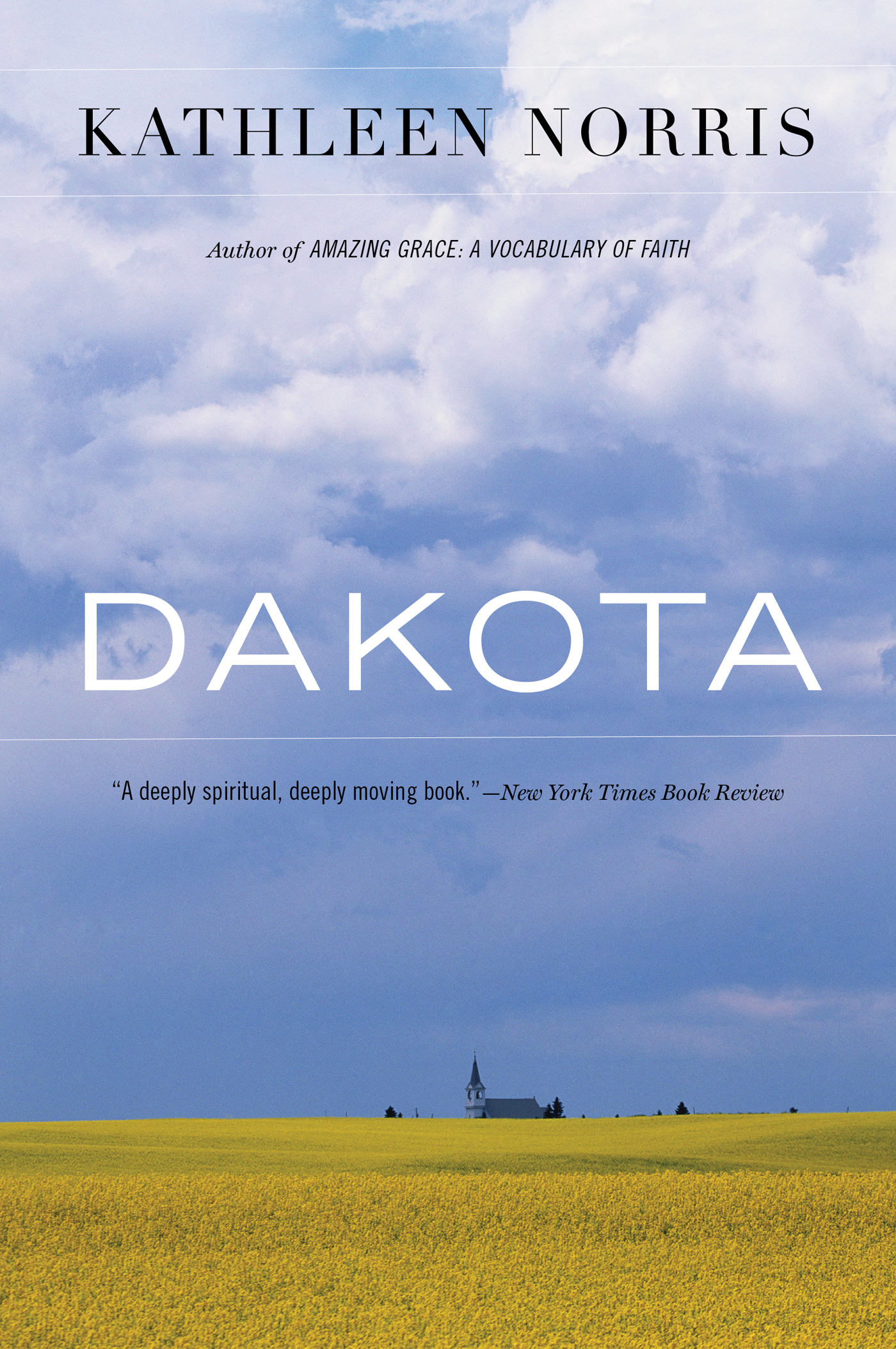
(Photo: Houghton Mifflin Harcourt)
Dakota: A Spiritual Geography
In Dakota: A Spiritual Geography, essayist and poet Kathleen Norris unpacks in meticulous and unflinching prose the inner-workings of America’s rural milieu. One chapter in particular, “Can You Tell The Truth in a Small Town?” is the best analysis of small-town self-censorship I’ve ever read. “And what of truth? We don’t tend to see the truth as something that could set us free because it means embracing pain, acknowledging our differences and conflicts, taking our real situation into account,” she writes. “Instead, in the isolated, insular small-town and rural environment, truth itself can become an outside authority, like the economic and political forces we profess independence from, or the state and federal laws we so casually break when they don’t fit our needs.” —Carson Vaughan
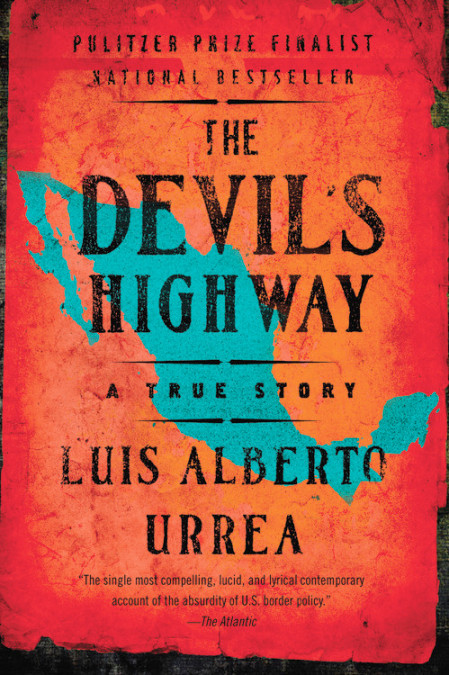
(Photo: Hatchette Book Group)
The Devil’s Highway: A True Story, by Luis Alberto Urrea
So much has been written about the United States–Mexico border in the 15 years since Urrea published this book, but nothing has come along to match the impassioned prose and the kaleidoscopic narrative structure, fractured into shards like a mirror of America itself. On the surface, The Devil’s Highway is a tale of a single incident, the journey of a group of undocumented border-crossers who went missing in the Arizona desert in 2001, but it’s really the story of our two countries and our darkly intertwined fate, in the last days before 9/11, when there still seemed to be some hope of reform. Instead, this particular tragedy has played itself out dozens of times since and now is amplified along our southern border. But as more and more reporting focuses on the magnitude of the crisis, the specifics of human suffering are often lost. “We try to put numbers on a story,” Urrea writes, “that is, at base, a story of the heart.” This book tells that story with devastating precision. —Ted Genoways
Evicted, by Matthew Desmond
This is a book I can’t shake from my mind. It has nothing to do with the story Valeria Fernández and I wrote for Unseen America, but it digs deep into the pervasive racism and inequality of the region where I grew up (the Milwaukee area). Evicted is a stellar collection of reporting (over many years and thousands of pages of interview transcripts). I can’t get it out of my head. —Karen Coates
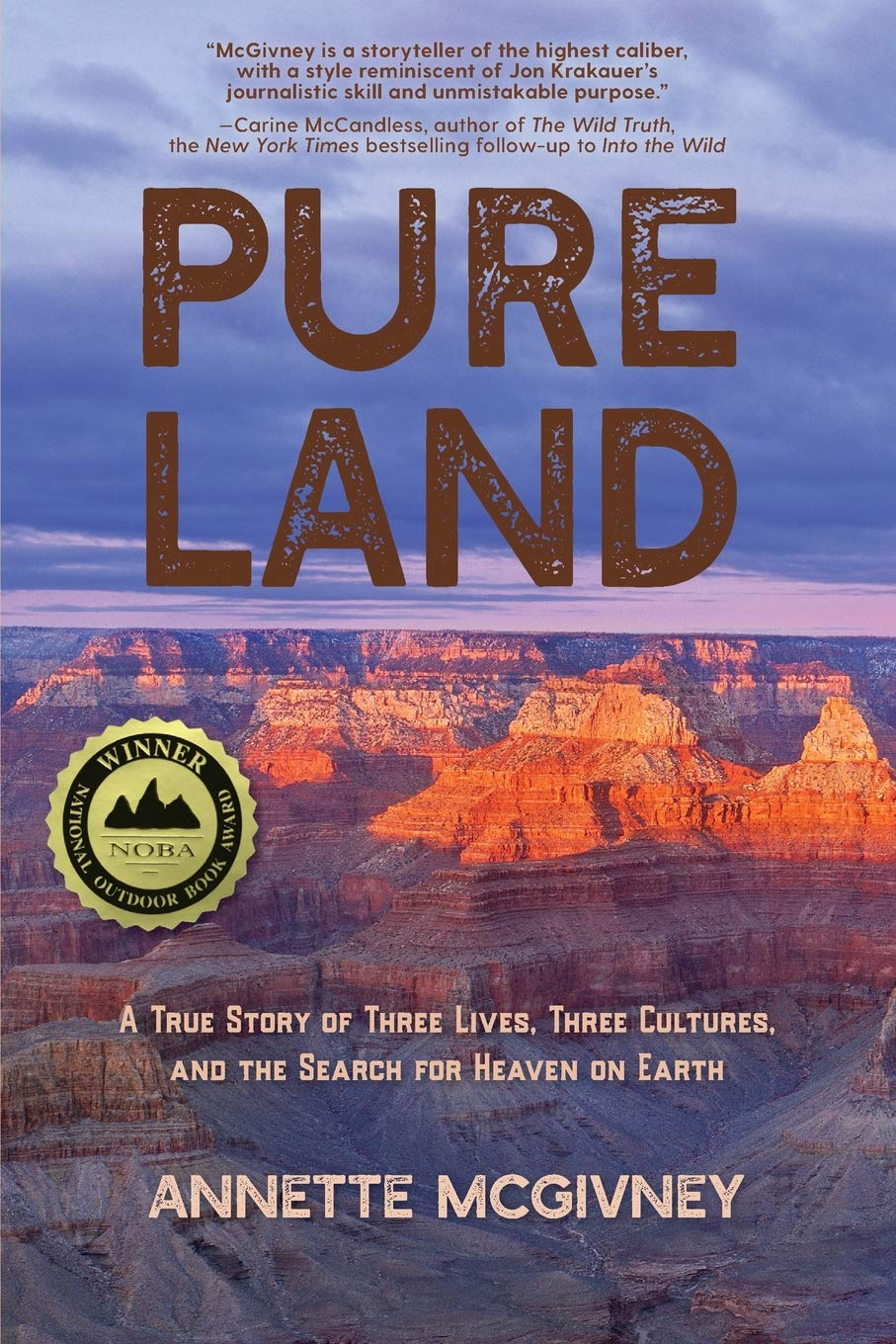
(Photo: Aquarius Press)
Pure Land, by Annette McGivney
This book is centered close to home, in the Southwest. In Pure Land, Annette McGivney investigates the murder of a Japanese woman who was stabbed 29 times while hiking to the bottom of the Grand Canyon, on the Havasupai Indian Reservation. This is not just the story of Unseen America, but the intertwining of three stories: the author’s own memoir of her abusive upbringing, the victim’s complicated life and death, and the story of the young Havasupai man who killed her. All three stories come together in surprising ways to show the striking overlap of human suffering, no matter where on Earth it takes place. It also uncovers the traumatic history of the Havasupai, and centuries of brutal policy that have demoralized this culture. —Karen Coates
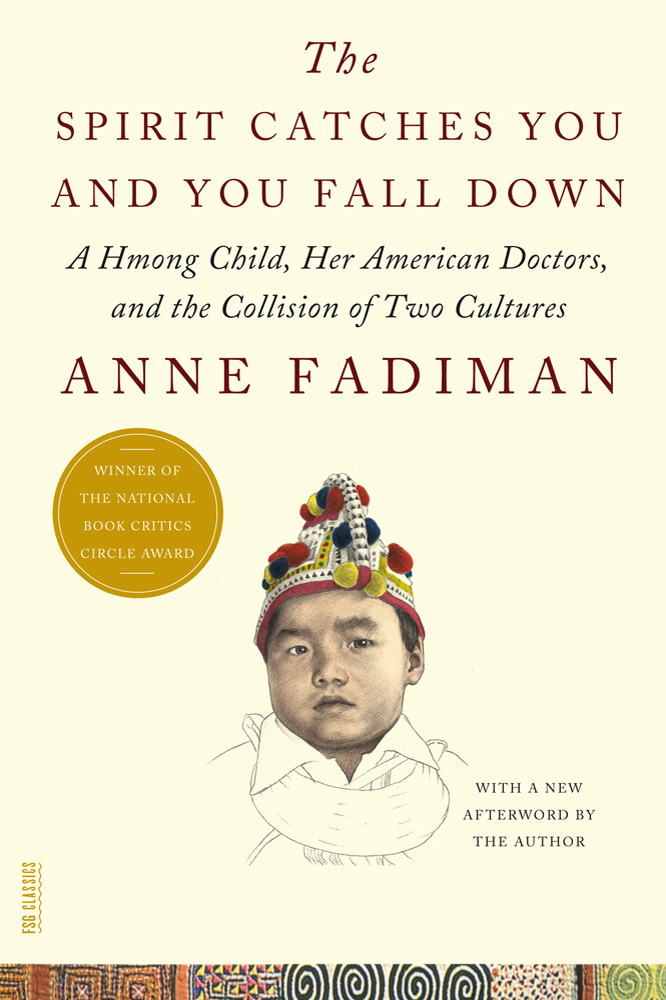
(Photo: Macmillan Publishers)
The Spirit Catches You and You Fall Down, by Anne Fadiman
The Spirit Catches You and You Fall Down is a book I still return to for its extraordinary reporting and fair-handed treatment of its subjects. At a time when there is so much misinformation and hatred directed toward immigrant communities in America, Fadiman’s story of a Hmong family confronting American medicine amid their own deeply held beliefs seems more relevant than ever. —Mona Gable
Strangers in Their Own Land, by Arlie Russell Hochschild
Of all the books in recent years that have attempted to explain what is happening with the white working class in America, Strangers in Their Own Land is easily the best. Set in Louisiana, the book takes readers inside what Hochschild calls the “deep story” of her characters to unpack why they support a president like Donald Trump, and the big oil companies that employ them and their neighbors, even though the policies of both are ruining their health and the health of the “sportsman’s paradise” that they love so much. —Brent Cunningham
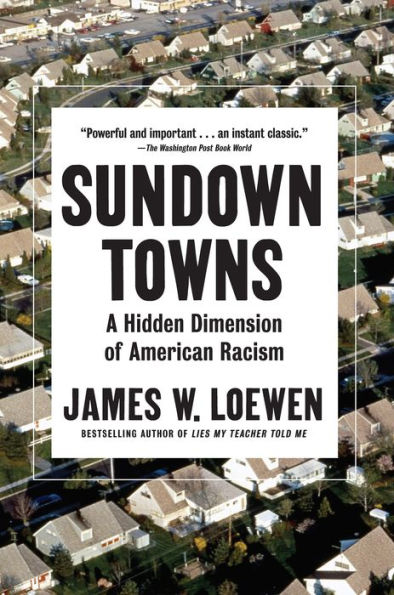
(Photo: The New Press)
Sundown Towns: A Hidden Dimension of American Racism, by James W. Loewen
In Sundown Towns, Loewen shatters the myth of small-town America as natural bastions of whiteness and traditionalist ideology. In its place, he documents the century-long project of over-policing, unfair prosecution, “sundown” ordinances (banning non-white residents after dark), union busting, and outright violence that steadily drove ethnic and racial minorities, particularly African Americans, into larger cities, where they were very often red-lined into neglected and disenfranchised neighborhoods. “Sundown towns are almost everywhere,” Loewen writes in the introduction, but the greatest number were in places where there was less support for political organization, and also in places where overt racism was less acceptable. In other words, most sundown towns were in the middle of the country and outside the Deep South. In these small towns, where we’ve been taught to believe that racism wasn’t a problem, Loewen reveals stunning truths about the mechanisms of white dominance and racial oppression. —Ted Genoways
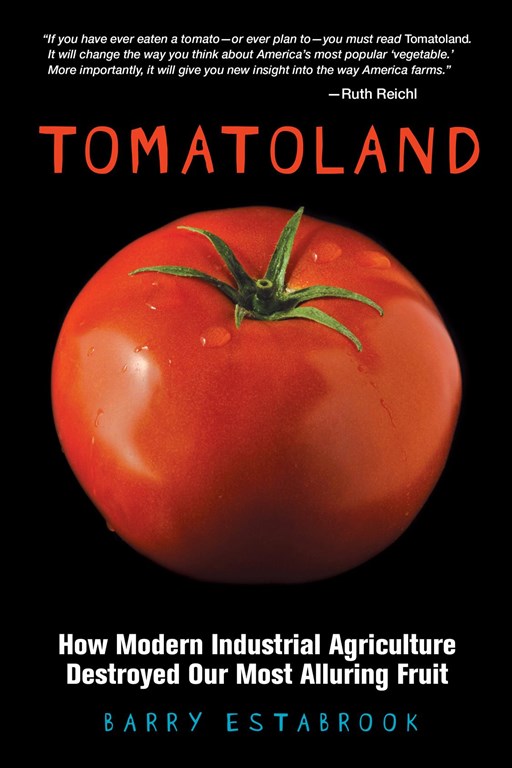
(Photo: Andrew McMeel Publishing)
Tomatoland, by Barry Estabrook
The most enlightening part of Tomatoland is the telling of the story of how the Coalition of Immokalee Workers organized in Florida to gain better work conditions and fair rates for tomato farm workers. In order to combat the exploitation of agricultural workers, the coalition creates the Fair Food Program. A partnership between workers, farmers, and distributors, the program ensures workers are paid fair and living wages, and has created a label for its tomatoes that signals that to consumers. —Valeria Fernández
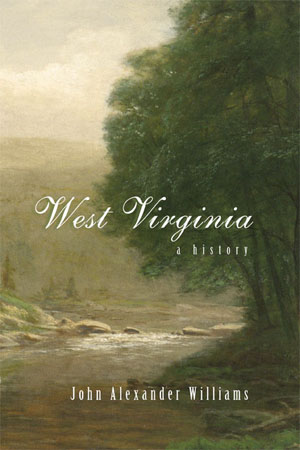
(Photo: West Virginia University Press)
West Virginia: A History, by John Alexander Williams
This slim volume, published on the occasion of the country’s bicentennial, is the first, and in my opinion still the best, reality-based explanation of what has happened to the Mountain State, from inception to the current moment. Prior to this book, West Virginia—and Appalachia broadly—were subjected to all manner of distorted “journalism” about a backward, alien people living in a place apart from the rest of the country. In West Virginia: A History, Williams explains, in detail and without hyperbole, how the state was sold out from day one by the men who founded it, and how that original sin has shaped the state and its people to this day. —Brent Cunningham


This post is part of the Unseen America project, stories about the struggles and challenges being faced by the misunderstood middle of our nation.




